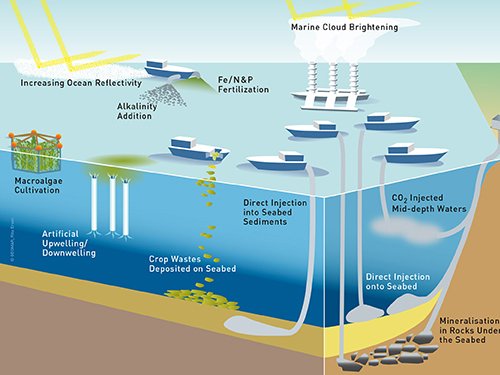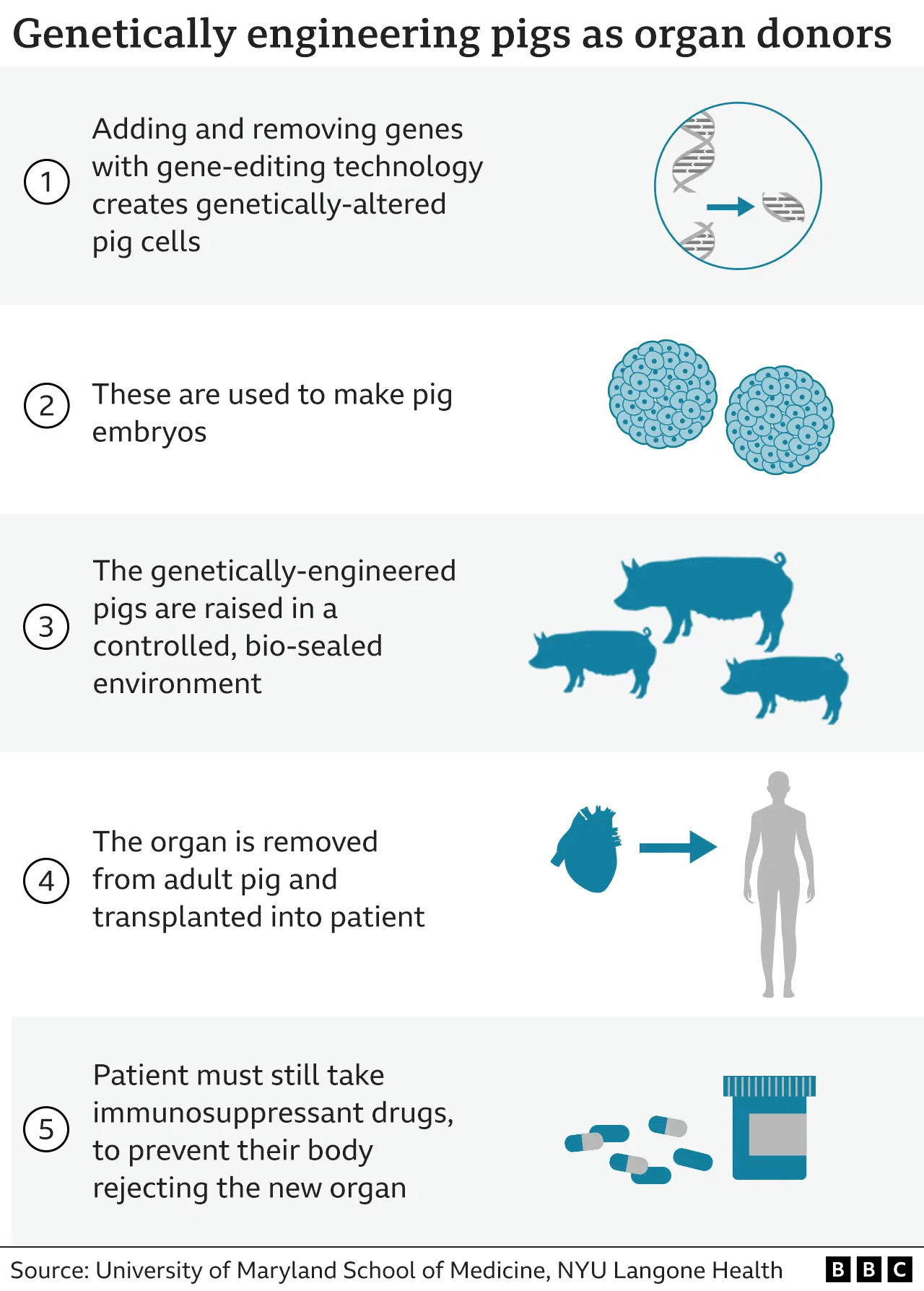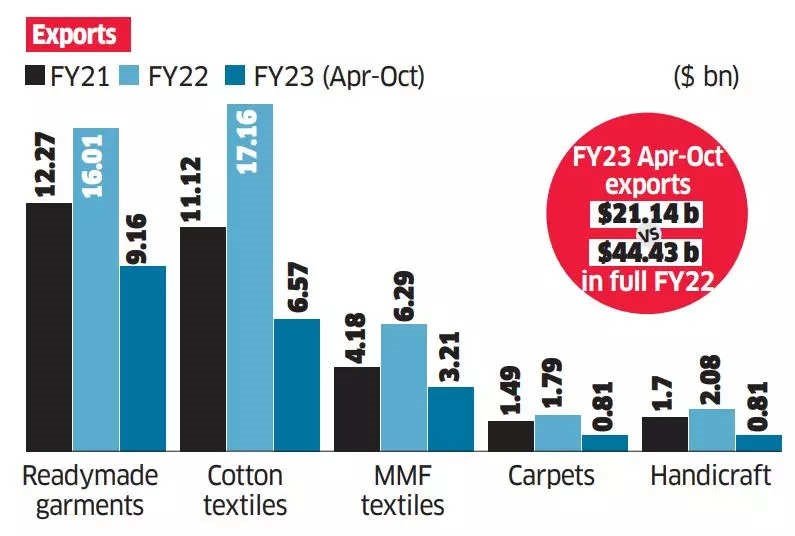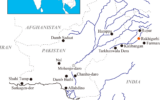
Coral reef decline and Sea cucumber
Subscribers of "Current Affairs" course can Download Daily Current Affairs in PDF/DOC
Subscribe to Never Miss an Important Update! Assured Discounts on New Products!
Must Join PMF IAS Telegram Channel & PMF IAS History Telegram Channel
- Context (DTE): Sea cucumbers can be functional in slowing coral reef decline.
- Coral reefs are suffering from diseases, some of which are associated with sediment on the seafloor.
- In several field experiments involving corals in Moorea, French Polynesia, and around Palmyra Atoll, researchers found that sea cucumbers grazed and consumed bacteria in the sediment.
- Sea cucumber presence prevented pathogens from sickening co-occurring corals.
- Sea cucumbers, scavengers of the seafloor that resemble cylindrical vegetables, have been consumed as a delicacy in Asia for centuries.
- But in recent decades, they’ve been severely overharvested to the point that they are now quite rare.
- Conserving sea cucumbers could help slow reef losses, giving nations more time to reduce ocean warming, overfishing, and pollution.
Sea cucumber

Credits: NWF
- Sea cucumbers are part of a larger animal group called echinoderms, like starfish and sea urchins.
- Appears similar to cucumber, with small tentacle-like tube feet for locomotion and feeding.
- Sea cucumbers can confuse or harm predators by propelling their own toxic internal organs from their bodies in the direction of an attacker.
- Size: Less than an inch (2.5 centimetres) to over six feet (1.8 meters). Life span: 5 to 10 years.
- Range: Benthic (live on the ocean floor). Larvae are planktonic (float in the ocean currents). Found in virtually all marine environments.
- Diet: Scavengers. Feeds on small food items in the benthic zone (seafloor) and plankton floating in the water column. They also eat algae, aquatic invertebrates, and waste particles.
- When disturbed, sea cucumbers can expose skeletal hooklike structures that make them harder for predators to eat.
- Behaviour: Both Sexual and asexual reproduction. Eggs undergo external fertilisation. Females release eggs into the water that are fertilised by coming into contact with sperm that males have released.






![PMF IAS Environment for UPSC 2022-23 [paperback] PMF IAS [Nov 30, 2021]…](https://pmfias.b-cdn.net/wp-content/uploads/2024/04/pmfiasenvironmentforupsc2022-23paperbackpmfiasnov302021.jpg)











